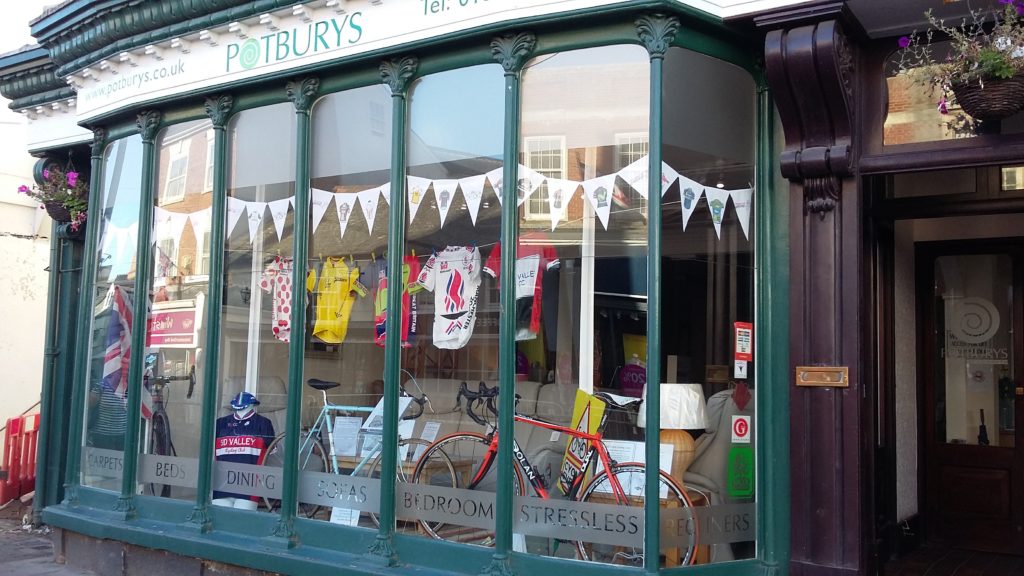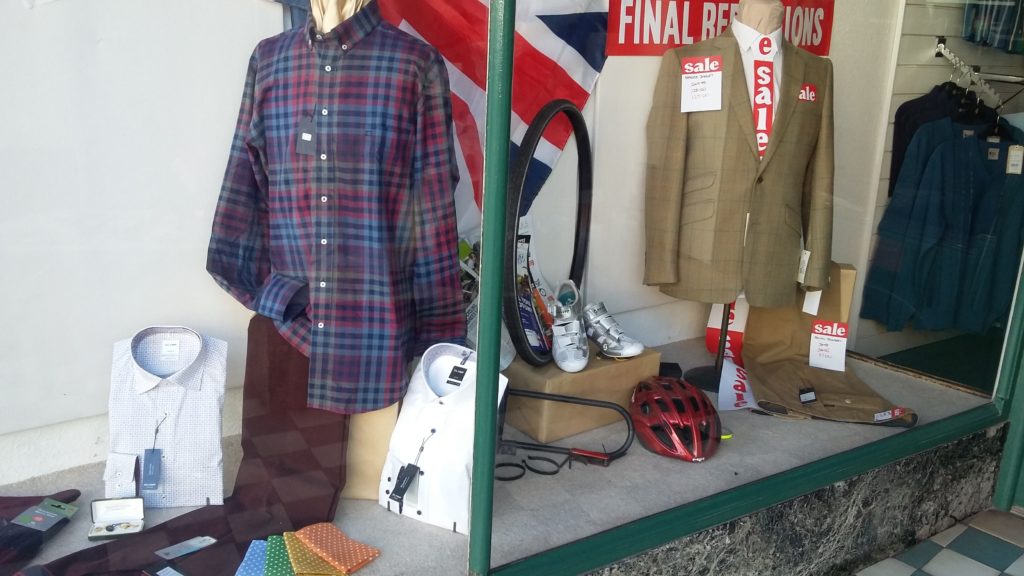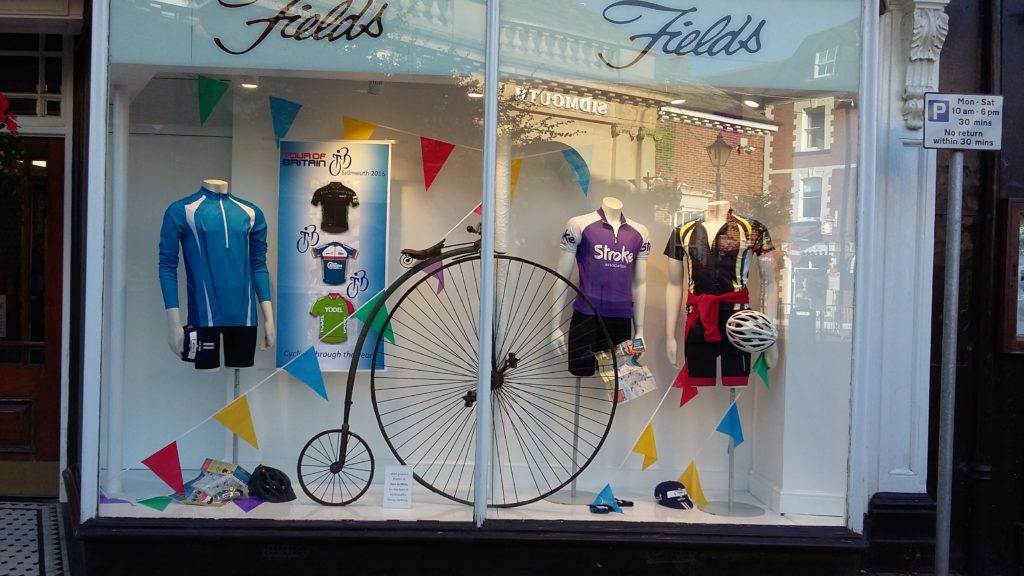The first step in designing a questionnaire is to decide what you want to achieve by doing a survey.
What do you want to find out?
What use will you make of the information obtained?
What are you trying to discover?
What actions do you want to take as a result of the survey?
You can only answer these questions when you have decided the objective of your survey. An objective is, if you like, a statement of the survey’s hoped-for outcomes.Knowing your objectives in doing a survey will make it so much easier to formulate your questions, decide who you should target and then to analyse and take action on the results.
You need to be clear and specific when defining your objectives. If your goals aren’t clear from the very beginning, your results won’t be either. Be specific. A survey that is too broad may provide you with little actionable information.
I always advise people to start their survey from a “guiding question”. This will go a long way to ensuring that your survey yields useful results. Your “guiding question” might be: “What delivery mechanism should I use for my information products?’, “What cities should I hold my weekend workshops?”, ‘Why are my sales dropping?”.
Research can be Confirmatory, Causal or Exploratory. Let’s take a look at these and some examples so that you see how this is relevant to defining the objective(s) of your survey.
EXAMPLE 1 – Confirmatory research
Confirmatory research is when you want to test a hypothesis that you have. For example, suppose you have an idea about something – an hypothesis if you like – and you want to find out whether or not you are right. For example: your proposition or hypothesis might be that some people who want to learn about starting a business will enjoy attending a 3-day workshop away from their home environment and combine it with hiking or cultural tourism rather than just doing an intensive workshop.
To find out if this is what people want you would formulate questions that enable you to discover whether people would be willing to travel away to a venue, if they would be willing to devote three days to it; how much they would be willing to spend; whether they would be interested in other activities while they are. In this way you would be able to discover whether they are interested in this type of workshop, how much they would be willing to pay and therefore you can determine whether your proposition is commercially viable. With the information obtained you would be able to prove, disprove or modify your hypothesis.
EXAMPLE 2 – Causal research
Causal researchis more rigid and specialised. It seeks to measure the relationship between variables and to verify hypotheses.As an example, suppose you produce home cooked chutneys that you use in your tea room. You want to find out which recipe people like best. You could simply ask them to taste both chutneys and say which they prefer. But perhaps you would like to know whether there are similar characteristics among the people who like recipe A and those who like recipe B? Perhaps you would like to modify your recipe and therefore know what tasters liked and disliked. When you get into discussion about points like this you will see why it’s so important to decide what you want to find out and why you want to know it.
EXAMPLE 3 – Exploratory research
A survey that is exploratory in nature is less straightforward so in this case often we might carry out some preliminary research to discover the various issues and then construct a questionnaire. This is where secondary data can be very useful. Remember that questionnaire writing does not and should not take place in a vacuum.
When you know why you are doing a survey it helps enormously when you come to select the types of questions and to write those questions.
If this article was of value to you then you may be interested in the book Understanding your customer – a guide to doing surveys.








